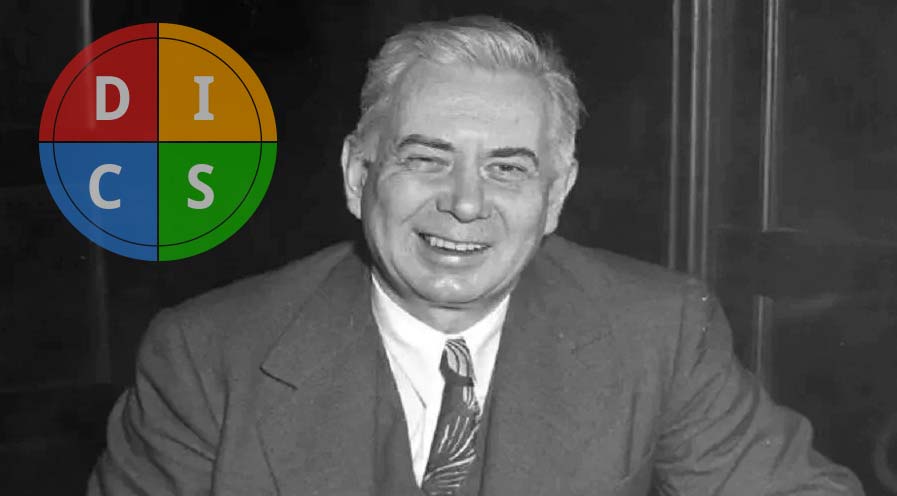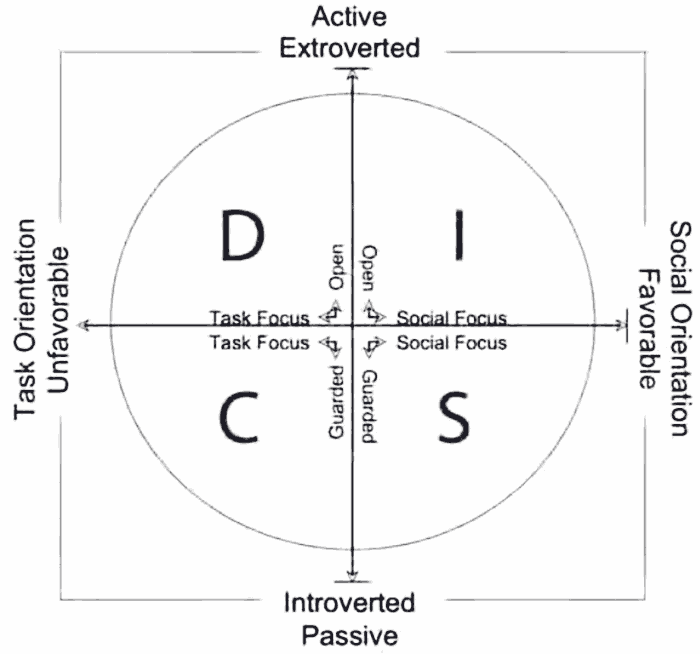The DISC model that is in use today was based on research conducted in the 1920s by psychologist Dr. William Marston. Now why should we care about research into personalities that was gathered so long ago? Surely people have changed since the early 1900s and information from that era has absolutely no bearing on today’s world.
Not so, actually. Dr. Marston’s work in the study of personalities has had a far-reaching impact. It also laid the foundation for the first polygraph. That’s right… science from the 1920s is still used today when anyone takes a lie detector test.
The DISC model personality test has plenty of other uses, and to understand them we’re going to have to get a bit technical on ya, but don’t worry! It won’t last long.

Dr William Marston the father of the DISC Model
The Core DISC Model Theory
The core of Dr. Marston’s theory highlights that there are 4 distinct styles of behavior. He called them Dominance, Influencing, Submission, and Compliance. OK, so there’s one thing we changed to pull the theory into the 21st century. Those 4 behavioral descriptors are a little harsh by today’s language standards. We’ll get into some friendlier language in a minute.

Dr. Marston believed people operated along 2 distinct axes: one indicating whether someone was more Active vs Passive and the other if they viewed the world around them as being more Favorable vs Unfavorable.
When you view those axes at right angles you can see the 4 quadrants of behavior emerging along with some distinct behavioral characteristics. This is where Marston assigned the following labels.
- Dominance, but we now call it Decisive: a person who takes active positive actions yet perceives an unfavorable environment.
- Influencing, but we now call it Interactive: someone who takes active positive actions in what they believe is a favorable environment.
- Submission, but we now call it Stabilizing: an individual taking passive positive actions in a favorable environment.
- Compliance, but we now call it Cautious: someone who takes passive positive actions in what’s perceived as an unfavorable environment.
The two upper quadrants (D and I) are typically more extroverted and active in nature. People who exhibit traits in these areas are usually seeking to modify, control, influence, or shape their environment according to their own particular view. These are individuals who focus on the what and who of a situation more than the how or why. They continually challenge and test the limits of their surroundings and seek new ways of getting things done. You may hear them say things like, ‘I don’t care what process got us HERE. Let’s focus on what will get us THERE!’
Those with more of a presence in the two bottom quadrants (S and C) could be seen as more passive and introverted in nature, seeking to focus on the how and why of a situation. Instead of trying to change the existing environment, they are more interested in protecting or continuing it. Here’s something you may hear from a higher S/C, ‘Why should we fix what’s not broken?’
That’s the origin of the DISC model personality test in a nutshell. For more information on the DISC categories, check out What Is DISC?



